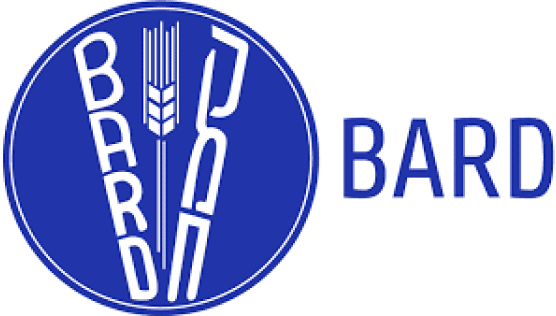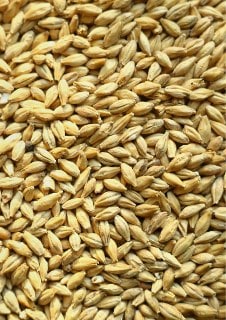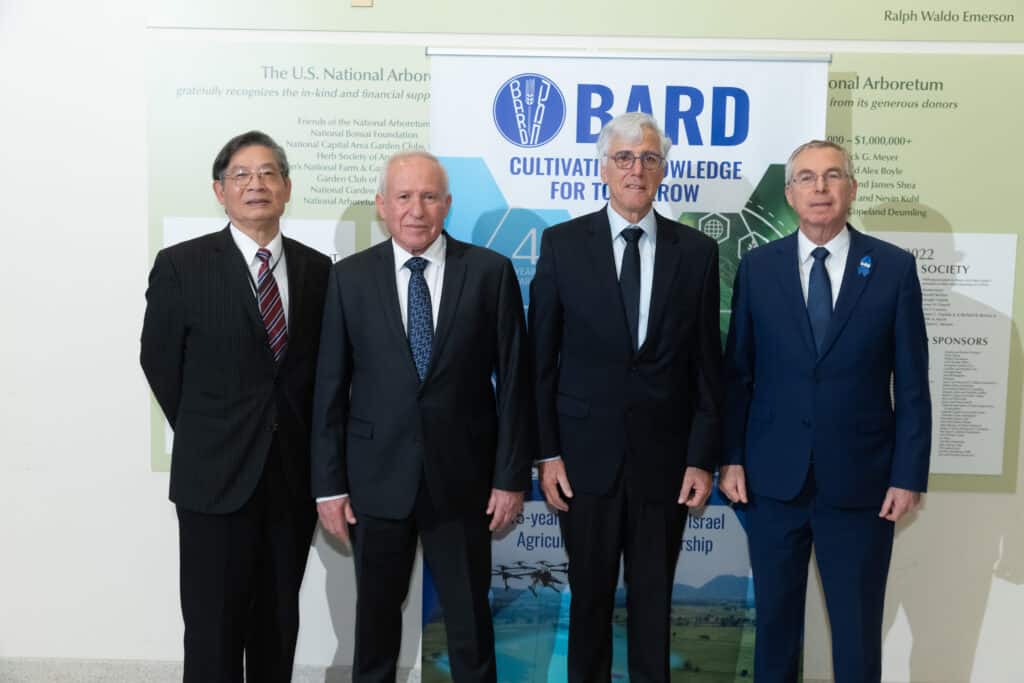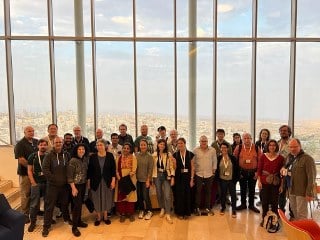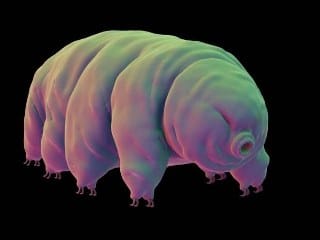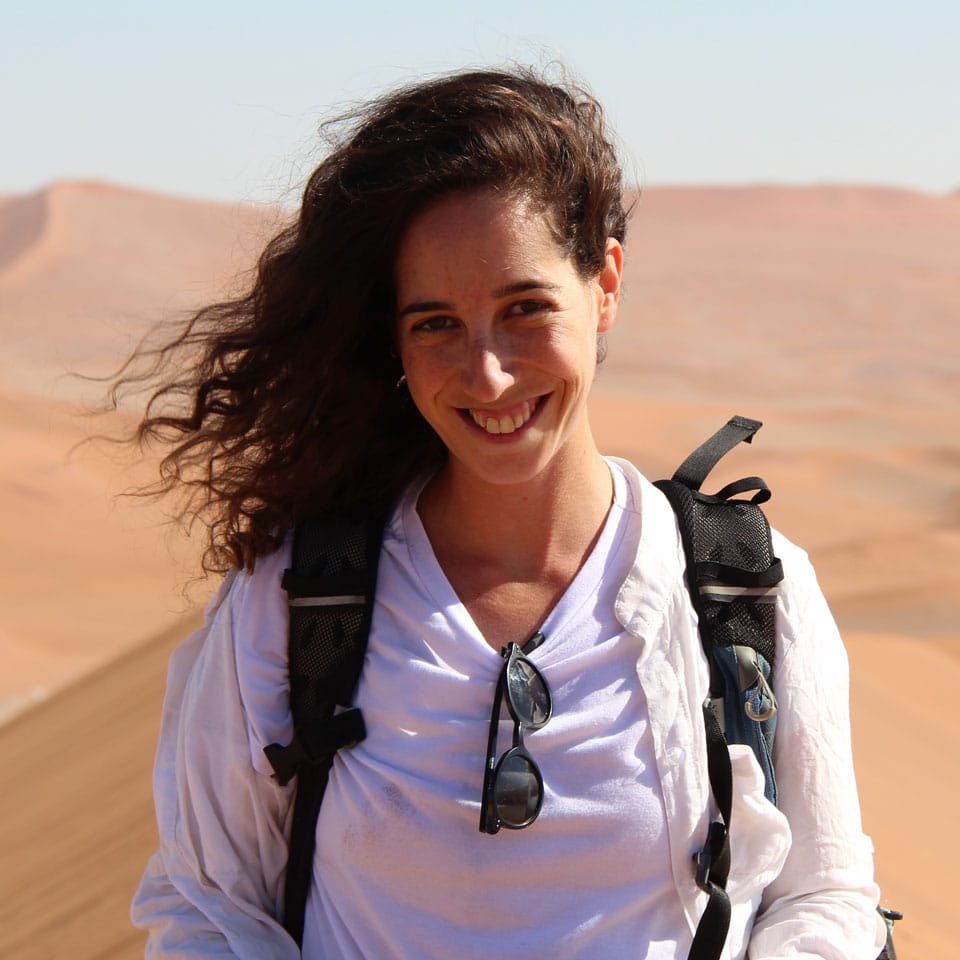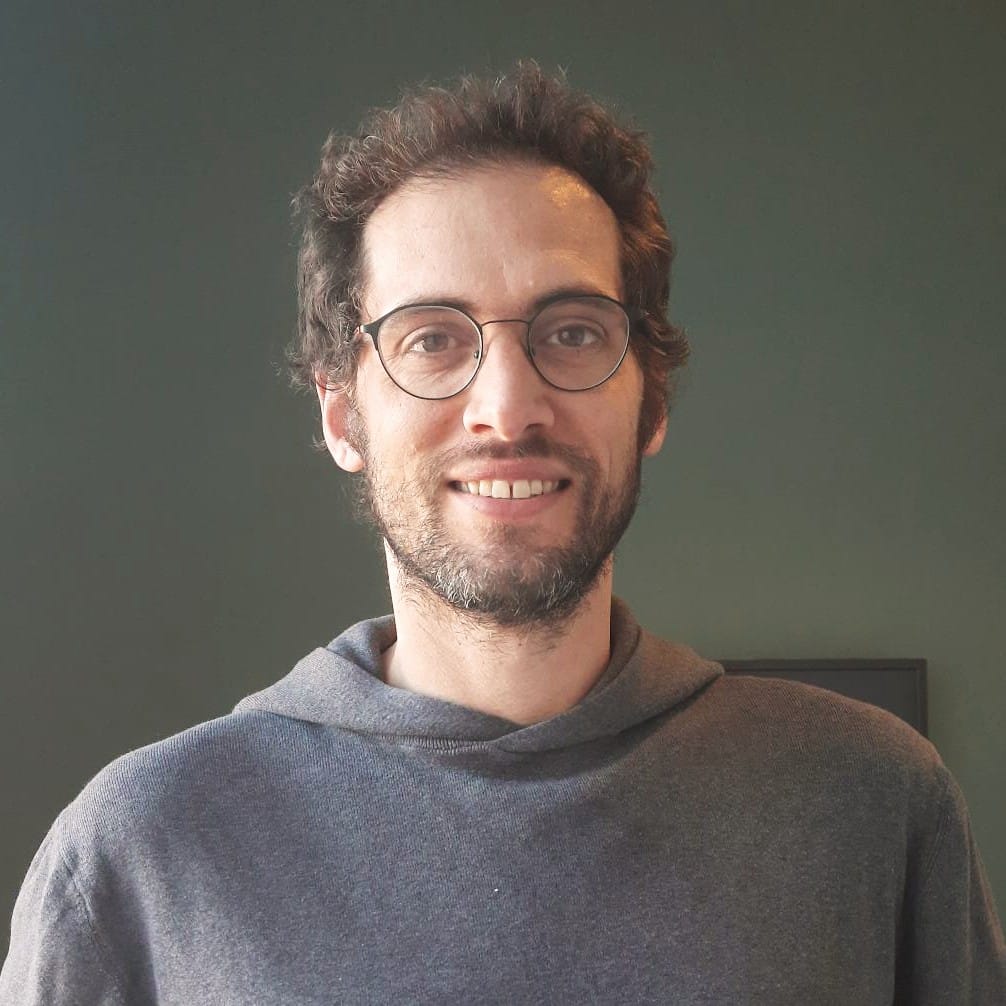Schewach Bodenheimer, a PhD student from the Hebrew University shares his experience as a BARD fellow at UC Riverside
What was the focus of your work with Dr. Koenig?
“A substantial part of my doctoral work deals with the genetic mapping of barley traits – either field traits (such as plant height and grain weight), or traits that we measure in the lab (such as features of the plant’s circadian clock). The large scale mapping studies require careful experimental design, and the formulation of solid statistical models, which can deal with potential biases in the data. My sessions with Dr. Koenig allowed me to develop a deeper understanding of how to use fixed and random effects for accurate modeling of my phenotypic data. In addition, this knowledge is actively helping me design my next experiments in a better way.
Dr. Koenig is collaborating with us at Dr. Eyal Friedman’s lab (Volcani Center) on the barley cytonuclear multi-parent population (CMPP), which is the mapping population I am working on. Besides growing the CMPP at a local trial site in Riverside CA, Dr. Koenig captured the CMPP’s genomic data through next-generation sequencing. Nowadays, he is assembling a genotypic profile of the entire population. During my stay in Riverside, Dr. Koenig introduced me to the bioinformatic pipelines that are used to analyze and filter the massive amounts of sequencing data, until a high-quality genotype is achieved. Thanks to this, I feel comfortable navigating through the folder structures of the university’s high-performance computer cluster (HPCC – where genomic data is stored and processed), and to performing basic bioinformatic operations on the data. This helps me collect crucial information independently.”
What got you interested in studying the barley cytonuclear multi-parent population (CMPP)?
“The barley CMPP is an innovative mapping population which was built using a modified nested association mapping (NAM) design. The innovation exists since the segregation of alleles within the population is not limited to nuclear alleles, as known from other mapping populations. In fact, a reciprocal crossing scheme which was implemented during the development of the CMPP ensured that all the CMPP’s ten subpopulations are further divided into two groups: each one carrying the maternal DNA (chloroplast, mitochondria) from a different parent. this turns the CMPP into a “plasmotype-aware” mapping population. This “twist” will not only allow us to study how maternal effects regulate important agricultural traits, but also how and which nuclear genes show interactive effects with the maternal gene pool to achieve a specific phenotypic output.”

What would you recommend to other students regarding a short-term fellowship?
(1) To ensure a productive period, have at least two different projects in mind which you can work on during your stay. As science has it, sometimes plans change, but do not let this stand in your way.
(2) Have frequent sessions with your local mentor and do not hesitate to discuss research projects you are working on outside the fellowship. There is nothing like free advice!
(3) No matter where you will be stationed in the US, the number of places worth visiting around will certainly exceed the amount of leisure time you will have. For now, pick your top three, and you will surely be back!
